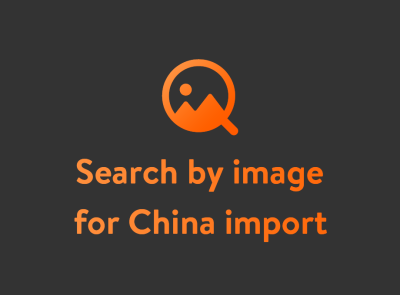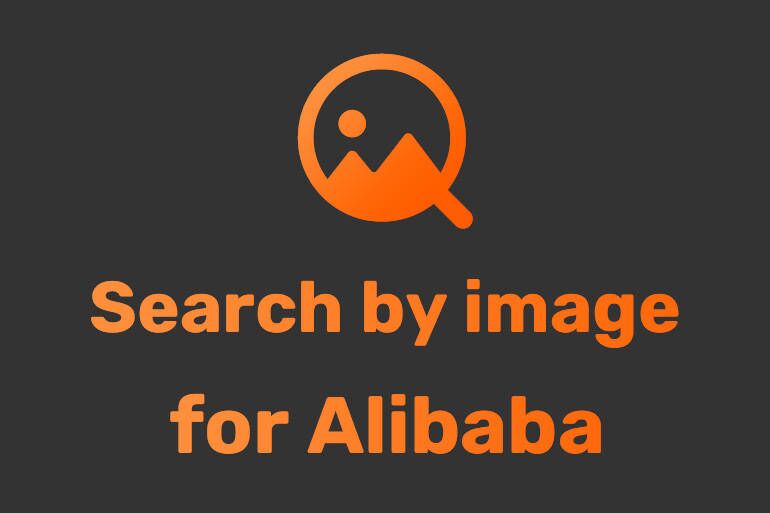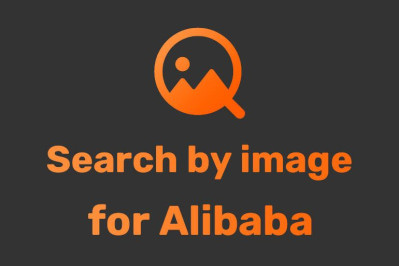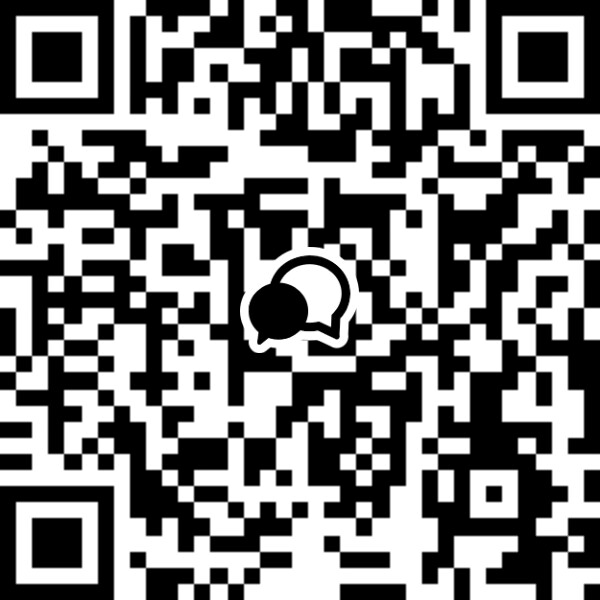

Import from China: Key Differences Between Sourcing and Buying on AliExpress or Temu
If you're exploring ways to save money or build a product-based business, you’ve likely come across platforms like AliExpress and Temu. But how do these compare with direct importing from China?
Whether you're a casual shopper, a dropshipper, or a serious importer looking to scale, understanding the differences between importing directly and buying through platforms is essential to avoid surprises and maximize profits.
1. What Does “Importing from China” Actually Mean?
Importing from China usually refers to buying products in bulk directly from manufacturers or wholesalers, often through B2B platforms like Alibaba or 1688. You manage most of the logistics: negotiating with suppliers, arranging shipping, handling customs, and possibly working with freight forwarders or sourcing agents.
This route is best suited for businesses looking to:
Build private label brands
Source products at the lowest cost per unit
Customize product specs or packaging
Scale operations
2. How Are AliExpress and Temu Different?
Platforms like AliExpress and Temu are geared toward end consumers. You can buy products in single units, and shipping is typically included. The platform handles logistics, so you don’t deal with customs or shipping arrangements.
Think of it this way:
| Importing from China | Buying on AliExpress/Temu | |
|---|---|---|
| Order Size | Bulk (MOQ applies) | Single pieces |
| Pricing | Lower per unit | Higher per unit |
| Customization | Yes | No |
| Lead Time | Longer, requires planning | Faster (sometimes) |
| Control over Quality | Higher (if managed well) | Limited |
| Shipping & Customs | Handled by you or your agent | Handled by platform |
| Best for | Business, resellers | Personal use, testing ideas |
3. Why Do Importers Prefer Direct Sourcing?
The biggest benefit is control—over pricing, quality, branding, and scalability. You also gain access to thousands of suppliers that aren’t listed on AliExpress or Temu.
That said, importing directly requires:
More time and research
Clear communication with Chinese suppliers
An understanding of Incoterms and international shipping
4. Tool Spotlight: Find the Same Products Across Platforms Easily
One of the most frustrating parts of product sourcing is figuring out where to buy the same product for the best price.
That’s where this free Chrome plugin comes in:
AliPrice Search by image for China import
This powerful tool helps you:
Search for the same product across Alibaba, AliExpress, 1688, and Temu using an image
Download, translate, and copy product images
Compare final prices (product + shipping + discount), sales volumes, MOQ, and dropshipping availability
Export all the data to Excel for detailed analysis
Copy dropdown keywords for listing creation or keyword research
Try it here:
AliPrice Search by image for China import
Whether you're looking for better deals or trying to build a competitive product list, this plugin is a must-have for smart importers.
5. So… Which One Should You Choose?
Here’s a quick breakdown:
Choose AliExpress or Temu if you:
Want to test a product idea
Only need one or two items
Don’t want to deal with shipping or customs
Care more about convenience than cost
Choose Importing Directly from China if you:
Plan to resell or build a brand
Want to customize your product
Need better margins over time
Are willing to manage shipping, customs, and supplier relationships
6. Final Thoughts
Both models have their place. Many successful eCommerce businesses start on AliExpress, then transition to direct importing once they validate a product or brand.
Understanding the trade-offs between these paths is essential for growth. And with tools like AliPrice Search by Image, you can bridge the gap between consumer platforms and supplier networks easily.
Before making your next sourcing decision, take a few minutes to compare options side by side—and let the data guide your move.








Log In Or Register To Add a Question